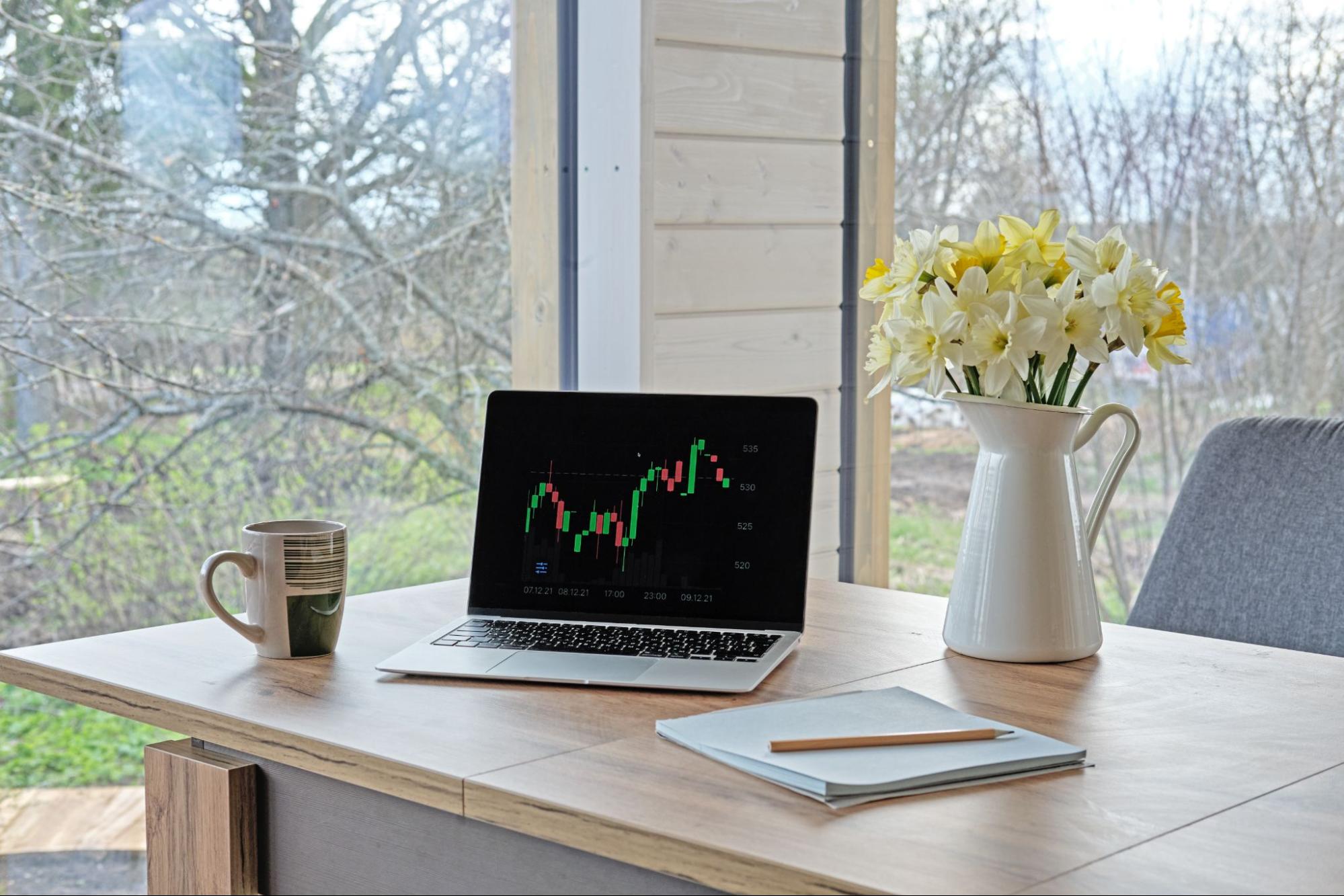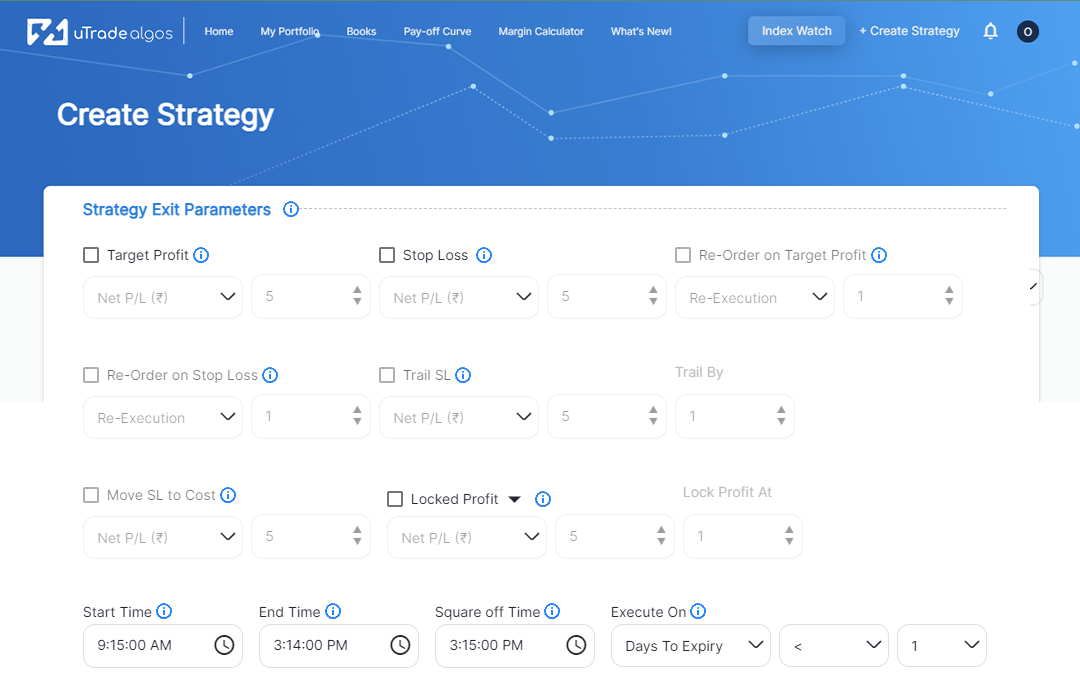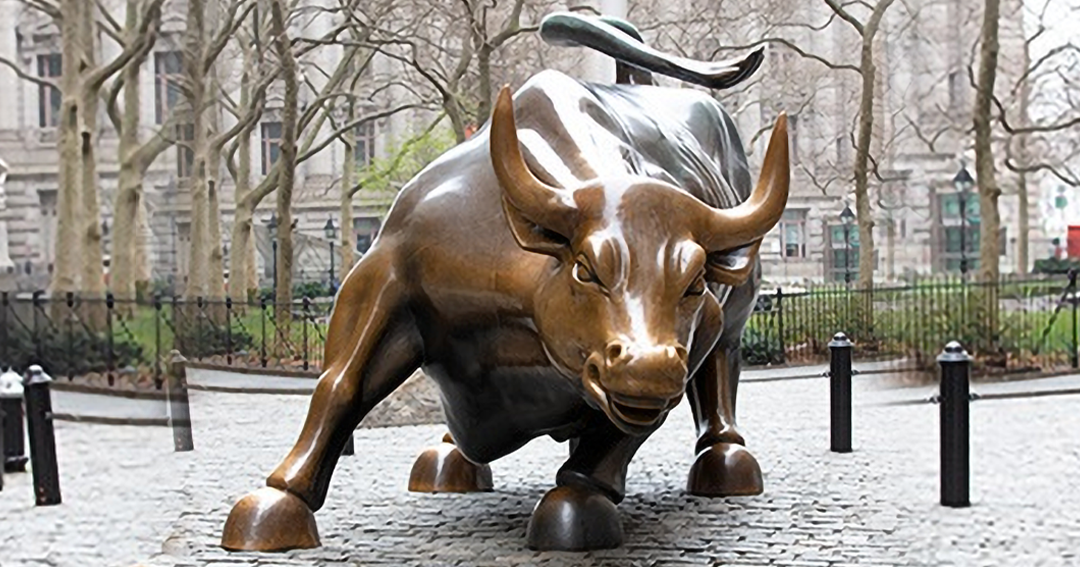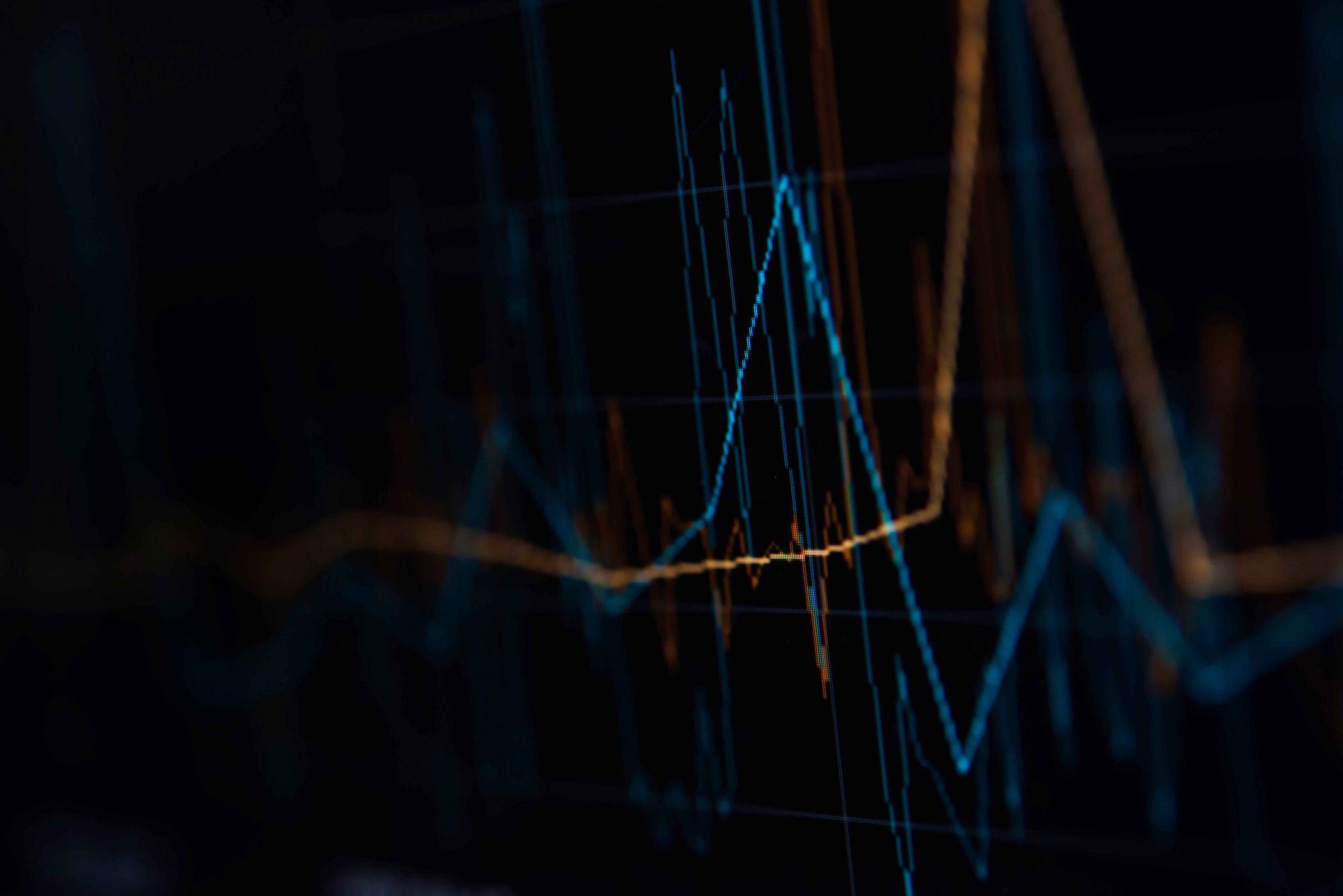
In the intricate landscape of call and put option trading via algorithmic trading, on platforms like uTrade Algos, the decision to choose between put and call options holds substantial significance. Puts and calls, the fundamental building blocks of options trading, provide traders with versatile strategies to navigate and capitalise on market movements. However, making informed choices between these options requires a comprehensive understanding of various factors. Read on if you are wondering which to choose.
Understanding Puts and Calls
Puts
- A put option grants the holder the right, but not the obligation, to sell an underlying asset at a specified price (strike price) within a predetermined timeframe (until expiration).
- Puts are ideal when traders anticipate a decline in the underlying asset’s price, allowing them to profit from selling at a higher strike price than the market value.
Calls
- A call option provides the holder the right, but not the obligation, to buy an underlying asset at a predetermined price (strike price) within a specified timeframe (until expiration).
- Calls are beneficial when traders foresee an increase in the underlying asset’s price, enabling them to profit from buying at a lower strike price than the market value.
Factors to Consider When Choosing
Market Outlook and Directional Bias
Bullish or Bearish Sentiment: Assessing whether the market is bullish (rising) or bearish (falling) aids in selecting the appropriate option (call for bullish, put for bearish).
Time Horizon and Expiration
Time Sensitivity: Longer or shorter timeframes until expiration affect the choice; puts or calls can have differing values based on time decay.
Volatility and Price Fluctuations
Impact of Volatility: Higher volatility might favour buying options (calls or puts), while lower volatility might benefit sellers (writing options).
Risk Tolerance and Strategy Complexity
- Risk Management: Puts might offer better protection for downside risk, while calls can provide leverage for potential gains, aligning with risk appetite.
- Complex Strategies: More intricate strategies involving combinations of calls and puts require thorough analysis and understanding.
Option Pricing and Greeks
- Implied Volatility: Assessing implied volatility levels relative to historical volatility helps in understanding option pricing and potential opportunities.
- Greeks (Delta, Gamma, Theta, Vega): Understanding these factors assists in comprehending the sensitivity of options to underlying asset movements, time decay, and volatility changes.
Real-World Application
Consider an algorithmic trading scenario where the market shows signs of increasing volatility. A call option strategy might be suitable for capturing potential price upswings, utilising algorithms to swiftly execute trades based on preset parameters, and capitalising on short-term volatility spikes.
Algorithmic Trading Considerations
Algorithmic trading involves the use of computer programs and algorithms on algo trading platformsto execute trades automatically based on predefined rules and strategies. When it comes to options call and put option trading specifically, there are several key considerations regarding automated strategy implementation.
Execution Speed
- Options trading often involves time-sensitive decisions, particularly when dealing with calls or puts that have expiration dates.
- Rapid execution can be crucial to capturing opportunities and maximising profits.
- Algorithmic trading systems can capitalise on speed advantages by executing trades automatically based on predefined criteria as soon as the conditions are met.
Strategy Implementation
- Automated algorithms, on platforms like uTrade Algos, allow for the implementation of complex strategies when it comes to trading calls and puts.
- These strategies can range from simple directional bets on the movement of an underlying asset to more sophisticated strategies like straddles, strangles, spreads, and combinations of various options contracts.
Risk Management
- Effective risk management is crucial in options trading due to the leverage involved and the potential for significant gains or losses.
- Automated algorithms can assist in setting predefined risk parameters and implementing risk management strategies.
- For example, algorithms can be programmed to automatically execute stop-loss orders or to scale positions based on predefined risk thresholds.
Backtesting and Optimisation
- When it comes to trading calls and puts, prior to deploying an automated options trading strategy in live markets, thorough backtesting and optimisation are essential.
- Backtesting involves running the algorithm on historical market data to assess its performance and profitability under different market conditions.
- Optimisation involves tweaking parameters and rules within the algorithm to enhance its performance.
- This iterative process helps refine the algorithm before it is put into live trading.
Market Data and Analysis
- Algorithmic trading relies heavily on real-time market data and analysis. It requires access to up-to-date pricing information, volatility measures, option chains, and other relevant data to make informed trading decisions.
- Algorithms can be designed to process and analyse this data rapidly, identifying potential opportunities and executing trades accordingly.
Monitoring and Adaptability
- Even though algorithms are designed to operate autonomously, ongoing monitoring is essential.
- Market conditions can change rapidly, and unexpected events can influence options pricing and behaviour.
- Traders need to monitor the performance of their algorithms, adapt them as necessary, and intervene if anomalies or significant deviations from expected behaviour occur.
Choosing between puts and calls in algorithmic trading requires a nuanced understanding of market dynamics, risk management, and strategy suitability. Evaluating factors like market sentiment, timeframes, volatility, and risk tolerance is crucial. Algo trading further enhances these decisions by leveraging speed and risk management. By comprehensively considering these factors, traders can adeptly navigate options markets, optimising their strategies and potentially enhancing trading outcomes in algorithmic trading.

 January 11, 2024
January 11, 2024 







